2 - 6 February 2025
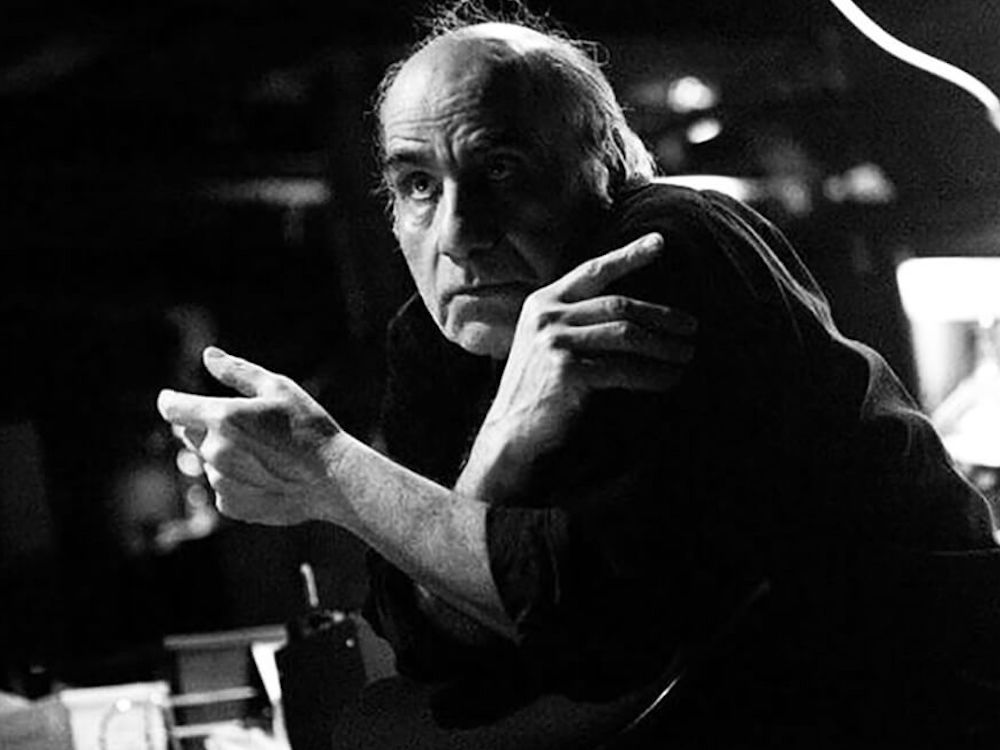
While known primarily for the films he made in Iran between the early 70s and mid-80s, nearly half of Amir Naderi’s directorial output has been produced since his move away from the country. An international adventurer with an iron will and infectious passion Naderi carved his path through endless obstacles like censorship, language barriers, cultural differences, lack of funding, etc. in making films and teaching cinema across three continents, which continues with the production of his latest film in the south of Italy.
Whereas Naderi’s earlier films fell within the Iranian New Wave, the relative lack of recognition of his later output could be explained by the difficulty for audiences and critics to neatly place these films, and find the proper terms of engagement for them. Whereas the great émigré directors of the past, from Victor Sjöström to Max Ophüls and Fritz Lang to Otto Preminger could embed themselves within the well-oiled machinery of the classical Hollywood system while maintaining a relative continuity in their body of work, more recent émigré auteurs rarely have the same luxury. Naderi’s case is further exacerbated by wilfully distancing himself from familiar cultural markers of what the work of a filmmaker from Iran is expected to look like in a cultural environment in which the appearance of diversity is often valued over the real content of works of art. In this context, Naderi is the exception to the rule; an instinctive transnationalist and true cine-internationalist whose taste has been formed as much by Raoul Walsh as by Kenji Mizoguchi; whose vision of the world emerged as much from spending his childhood in the heat of Iran’s south coast as by restarting life as an immigrant amidst the chaos of New York City.
The latter is where this partial tribute to Naderi’s international output begins. His first film as an émigré, as well as the first entry in his NYC tetralogy, Manhattan By Numbers (1993), begins with the premise of a laid-off newspaper writer who urgently needs to find money or face eviction. But, as often with Naderi, the drama functions as a pretext for the exploration of movement, action, and environment, as the film ‘projects Manhattan into the foreground and its narrative in the background’ (Andrew Sarris). The last film of the aforementioned tetralogy, Sound Barrier (2005), follows a young deaf and non-vocal boy searching for an audio cassette his mother recorded shortly before her death. Perhaps the most underrated work of Naderi’s oeuvre as well as the most outwardly experimental film he’s made to date, Sound Barrier showcases the filmmaker’s mastery of sound design and editing in its abstracted treatment of the theme of ‘searching’, a recurring subject of Naderi’s cinema. We end the programme with Naderi’s Japanese production, Cut (2011), which follows a young filmmaker (Hidetoshi Nishijima) who is indebted to the Yakuza for financing his film. It’s Naderi’s most direct expression of not just love for cinema, but an existential commitment to it.

While known primarily for the films he made in Iran between the early 70s and mid-80s, nearly half of Amir Naderi’s directorial output has been produced since his move away from the country. An international adventurer with an iron will and infectious passion Naderi carved his path through endless obstacles like censorship, language barriers, cultural differences, lack of funding, etc. in making films and teaching cinema across three continents, which continues with the production of his latest film in the south of Italy.
Whereas Naderi’s earlier films fell within the Iranian New Wave, the relative lack of recognition of his later output could be explained by the difficulty for audiences and critics to neatly place these films, and find the proper terms of engagement for them. Whereas the great émigré directors of the past, from Victor Sjöström to Max Ophüls and Fritz Lang to Otto Preminger could embed themselves within the well-oiled machinery of the classical Hollywood system while maintaining a relative continuity in their body of work, more recent émigré auteurs rarely have the same luxury. Naderi’s case is further exacerbated by wilfully distancing himself from familiar cultural markers of what the work of a filmmaker from Iran is expected to look like in a cultural environment in which the appearance of diversity is often valued over the real content of works of art. In this context, Naderi is the exception to the rule; an instinctive transnationalist and true cine-internationalist whose taste has been formed as much by Raoul Walsh as by Kenji Mizoguchi; whose vision of the world emerged as much from spending his childhood in the heat of Iran’s south coast as by restarting life as an immigrant amidst the chaos of New York City.
The latter is where this partial tribute to Naderi’s international output begins. His first film as an émigré, as well as the first entry in his NYC tetralogy, Manhattan By Numbers (1993), begins with the premise of a laid-off newspaper writer who urgently needs to find money or face eviction. But, as often with Naderi, the drama functions as a pretext for the exploration of movement, action, and environment, as the film ‘projects Manhattan into the foreground and its narrative in the background’ (Andrew Sarris). The last film of the aforementioned tetralogy, Sound Barrier (2005), follows a young deaf and non-vocal boy searching for an audio cassette his mother recorded shortly before her death. Perhaps the most underrated work of Naderi’s oeuvre as well as the most outwardly experimental film he’s made to date, Sound Barrier showcases the filmmaker’s mastery of sound design and editing in its abstracted treatment of the theme of ‘searching’, a recurring subject of Naderi’s cinema. We end the programme with Naderi’s Japanese production, Cut (2011), which follows a young filmmaker (Hidetoshi Nishijima) who is indebted to the Yakuza for financing his film. It’s Naderi’s most direct expression of not just love for cinema, but an existential commitment to it.
Presented in partnership with Arta Barzanji and Shaghayegh Raoufi.
Special thanks to Amir Naderi for his support and participation.
Special thanks to Amir Naderi for his support and participation.
Programme
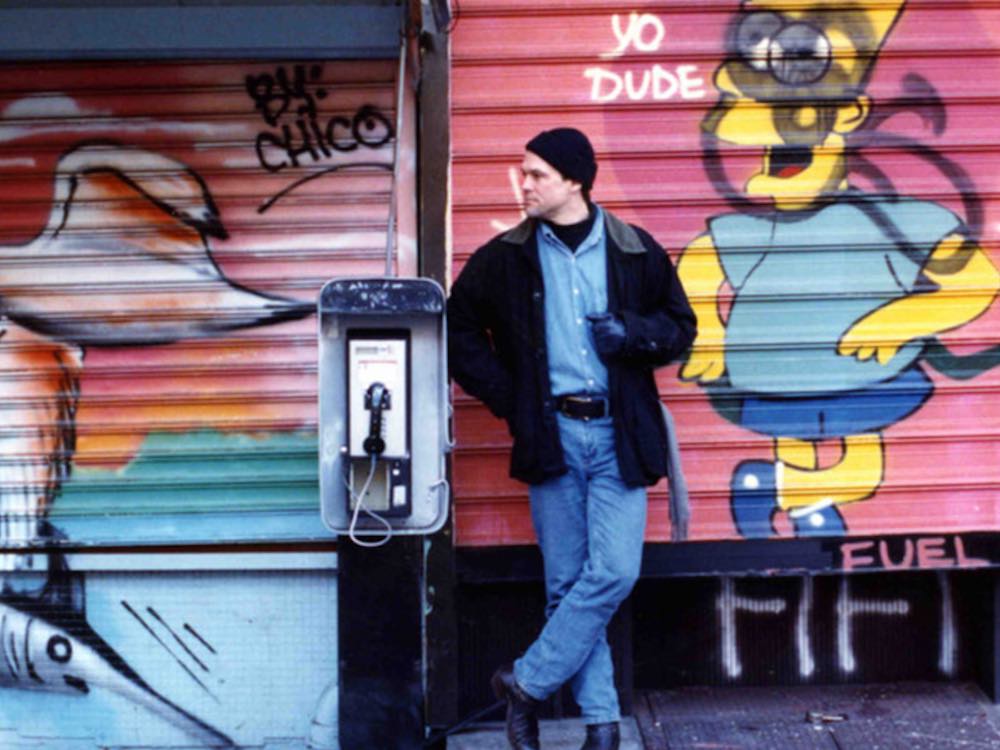
Sunday 2 February, 8pm
UK PREMIERE
Manhattan by Numbers + Introduction
A laid-off newspaperman has 24 hours to come up with the back rent he owes. Desperately looking for an old friend who may be able to help him, his search begins to take on a different meaning when he discovers his friend has seemingly disappeared.
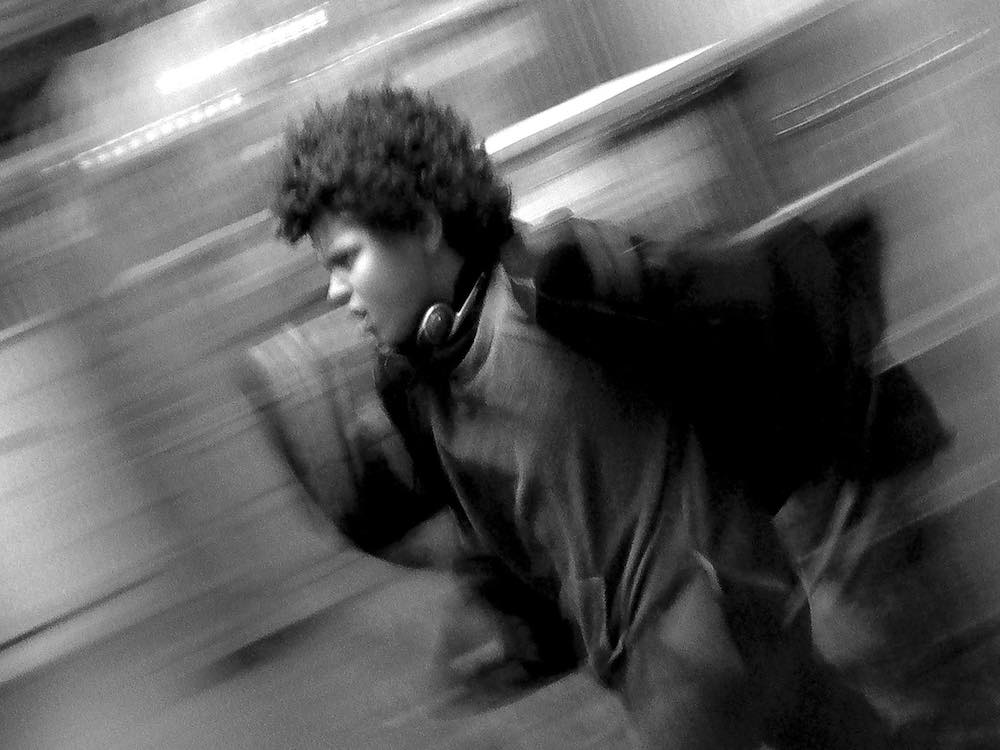
Wednesday 5 February, 8.30pm
UK PREMIERE
Sound Barrier + Introduction
A young deaf and non-speaking boy’s ceaseless search for the audio cassette containing his mother’s final words before her death is rendered as an impossible yet irresistible search for memory, identity and the very materials of cinema.
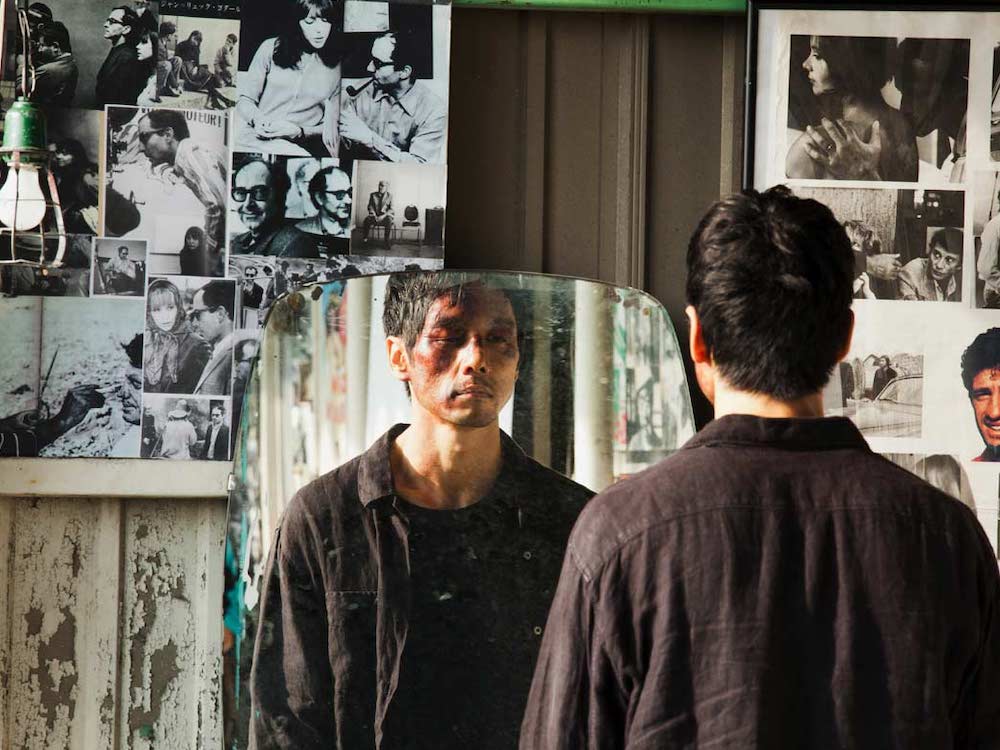
Thursday 6 February, 6.30pm
UK PREMIERE
Cut + Q&A with Amir Naderi
Co-written by Shinji Aoyama and starring Hidetoshi Nishijima, Cut follows a young filmmaker who finds himself in the unenviable predicament of owing the Yakuza, who, unbeknownst to him, had been the original source of funding for his film.

Sunday 2 February, 8pm
UK PREMIERE
Manhattan by Numbers + Introduction
A laid-off newspaperman has 24 hours to come up with the back rent he owes. Desperately looking for an old friend who may be able to help him, his search begins to take on a different meaning when he discovers his friend has seemingly disappeared.

Wednesday 5 February, 8.30pm
UK PREMIERE
Sound Barrier + Introduction
A young deaf and non-speaking boy’s ceaseless search for the audio cassette containing his mother’s final words before her death is rendered as an impossible yet irresistible search for memory, identity and the very materials of cinema.

Thursday 6 February, 6.30pm
UK PREMIERE
Cut + Q&A with Amir Naderi
Co-written by Shinji Aoyama and starring Hidetoshi Nishijima, Cut follows a young filmmaker who finds himself in the unenviable predicament of owing the Yakuza, who, unbeknownst to him, had been the original source of funding for his film.
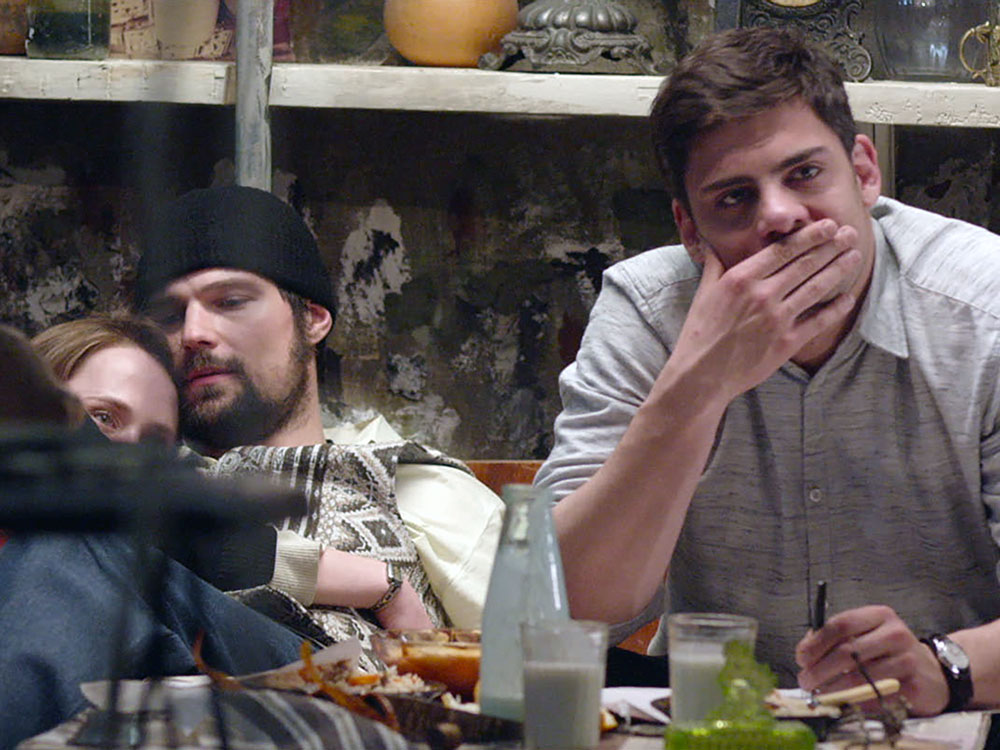








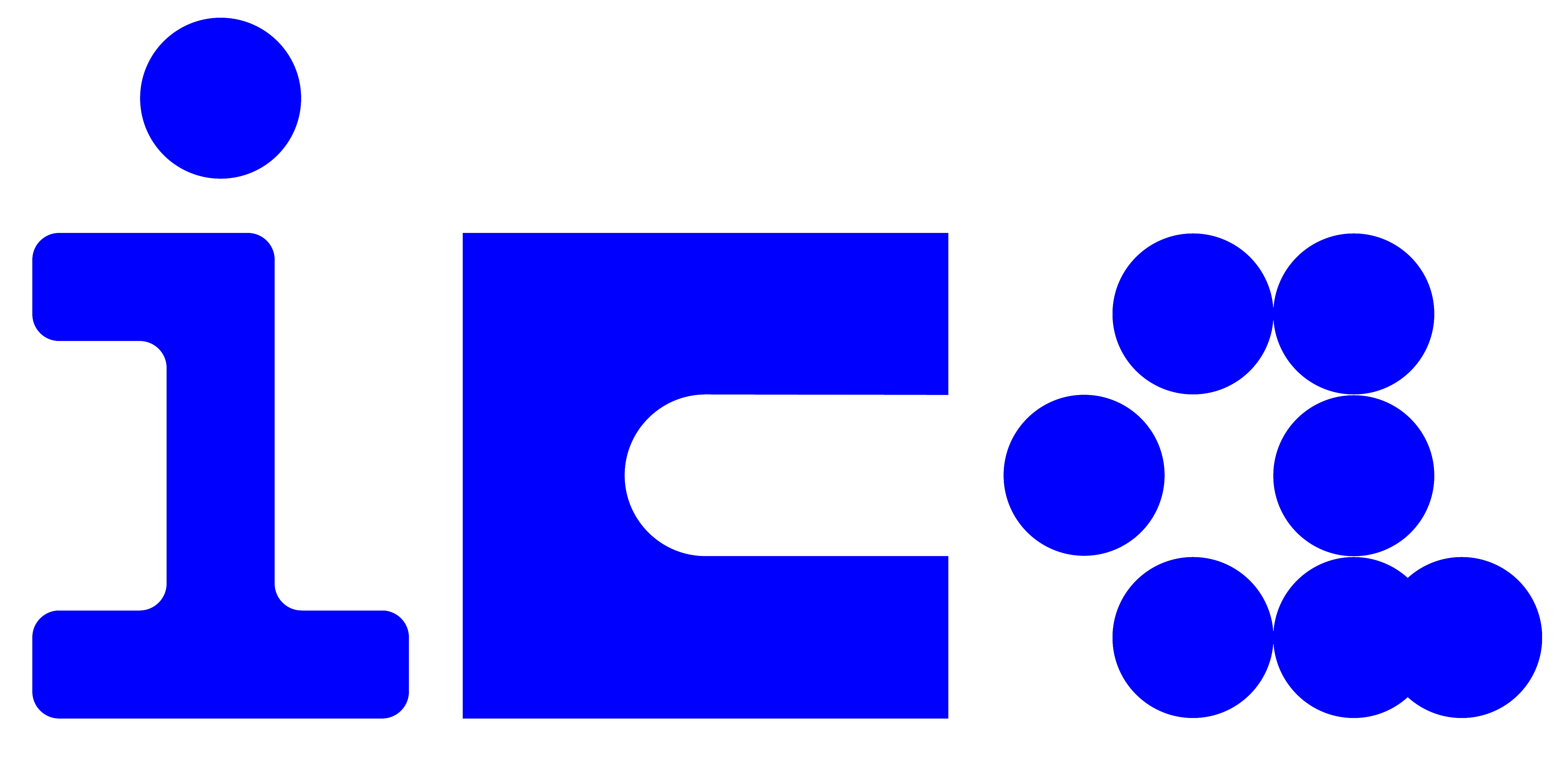
no. 236848.